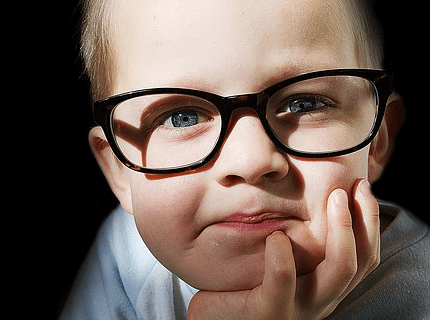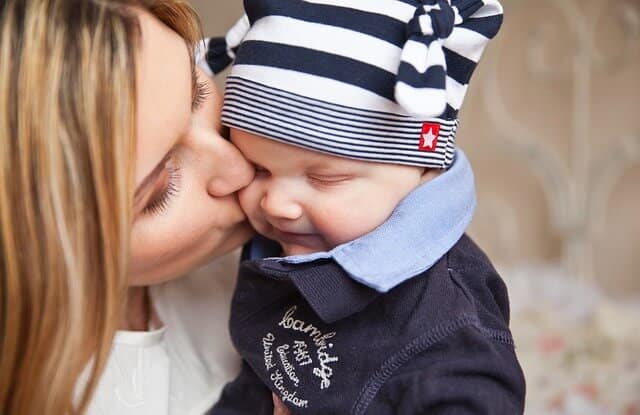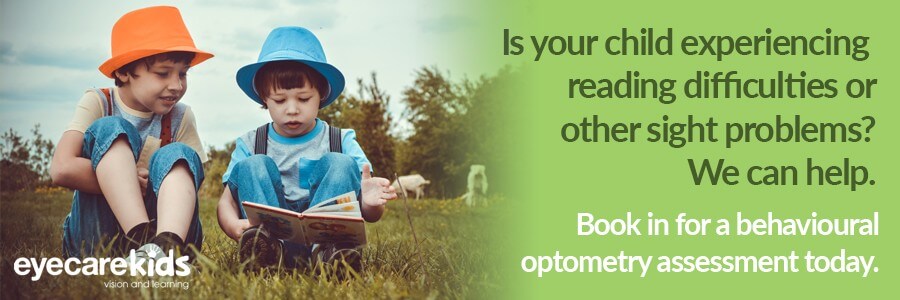Glaucoma is not a disease you think about in children, and although this is rare in younger patients, it is still a condition that can occur. Your optometrist can help you diagnose and co-manage this condition with your eye specialist.
Glaucoma: An Overview
Our optic nerve is a cable of nerve fibres that transmits all visual information to the brain. Damage to the optic nerve fibres causes gradual vision loss, first to the peripheral vision and progressing towards the centre of vision. One of the causes of glaucoma is increased eye pressure, where the eye’s natural fluid builds up and presses into the optic nerve, causing these delicate nerve fibres to die. Optic nerve fibres, unlike other nerve fibres, cannot regenerate or repair themselves.
When optic nerve fibres die, areas of vision die with them.
Glaucoma is usually an older person’s disease, but it can happen to children. Childhood glaucoma is mainly congenital—it could be inherited or due to an incorrect development of the drainage system of the eye before birth. Most cases of glaucoma in children are classified as a primary glaucoma, or the glaucoma has no specific identifiable cause. However, a child can also develop glaucoma after eye surgeries, like surgery for congenital cataract, or glaucoma secondary to iritis. Glaucoma associated with a specific condition or disease is called a secondary glaucoma.
Studies show that children with glaucoma often have a family history of glaucoma.
Symptoms of glaucoma in children vary from child to child. Sometimes the child will not show any symptoms at all.
Symptoms can include:
- cloudy cornea
- enlarged eye and cornea
- excessive tearing from the eyes
- light sensitivity
- vision loss
- secondary symptoms like irritability, appetite loss, vomiting
Myopia and Glaucoma

There is a risk factor in children who are short-sighted to develop glaucoma (when they get older). So if your child has myopia, we need to be aware that their risk factor for developing glaucoma when they get older is higher.
Dr Soojin Nam, behavioural optometrist at Eyecare Kids, said,
Myopia—even mild and moderate myopia—has been associated with an increased prevalence of glaucoma. In the same Australian study mentioned above, glaucoma was found in 4.2 percent of eyes with mild myopia and 4.4 percent of eyes with moderate-to-high myopia, compared with 1.5 percent of eyes without myopia.
The study authors concluded there is a strong relationship between myopia and glaucoma, and that nearsighted participants in the study had a two to three times greater risk of glaucoma than participants with no myopia.Also, in a Chinese study, glaucoma was significantly associated with the severity of myopia. Among adults age 40 or older, those with high myopia had more than twice the odds of having glaucoma as study participants with moderate myopia, and more than three times the odds of having the disease compared with individuals with mild myopia.Compared with participants who either had no myopia or were farsighted, those with high myopia had a 4.2 to 7.6 times greater odds of having glaucoma.
If you have a family history of glaucoma, if your child is showing the symptoms or if your child has myopia, visit our practice for a comprehensive eye exam to reveal risk factors such as increased eye pressure, thin cornea, or any other optic nerve abnormality. It is important that you and your child are assessed, because early detection of glaucoma will prevent it from further progressing.
What will happen if my child has glaucoma?
If we suspect your child has glaucoma, we will refer your child to the ophthalmologist to ensure that the right treatment and plan will be given.
More than desiring a bright future for your child, ensure that your child sees the future brightly. Regular eye exams are very important to detect any vision problem in your child.


